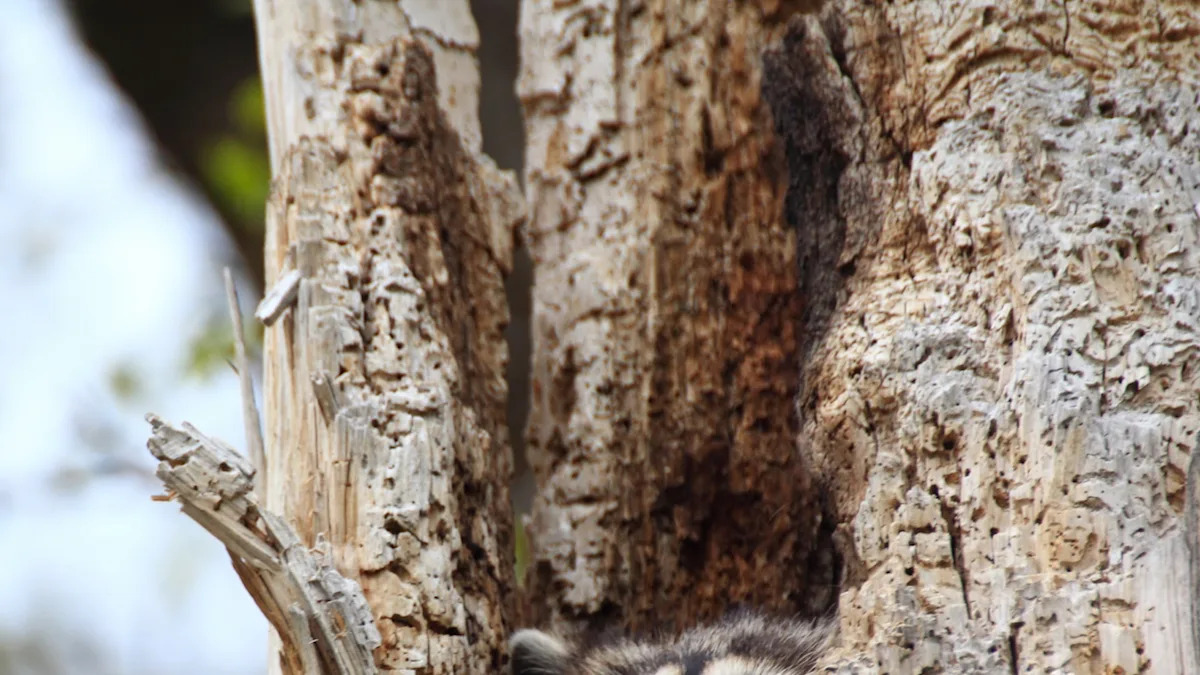Home / Science / Trash Pandas Adapt to City Life, Raising Domestication Concerns
Trash Pandas Adapt to City Life, Raising Domestication Concerns
11 Nov
Summary
- Study finds urban raccoons have shorter snouts than rural ones
- Easy access to human food is driving raccoon domestication
- Experts warn of increased disease risks and property damage

According to a study conducted by researchers at the University of Arkansas at Little Rock, wild raccoons living in urban areas are beginning to exhibit signs of domestication. By analyzing nearly 20,000 images of raccoons across the United States, the researchers found that city-dwelling raccoons tend to have shorter snouts compared to their rural counterparts, a physical change often observed in animals adapting to life around humans.
The lead researcher, Dr. Raffaela Lesch, explains that the easy access to human food sources, such as overflowing trash cans, is a significant driver of this domestication process. "Trash is really the kickstarter," she said, drawing parallels to how wolves and cats were domesticated by hanging around garbage heaps and dumpsters in search of food.
While many find the so-called "trash pandas" adorable, scientists caution that this adaptation is not necessarily beneficial for either the raccoons or the people living in these urban areas. As raccoons become more comfortable around humans, they risk spreading diseases and causing property damage with their dexterous paws.
Experts advise that preventing wildlife domestication starts with better waste management and limiting access to food sources. Communities can help by securing trash cans, avoiding feeding wild animals, and supporting urban wildlife programs that promote coexistence without encouraging dependency. Repurposing food waste can also help reduce the appeal of trash cans for these adaptable creatures.




